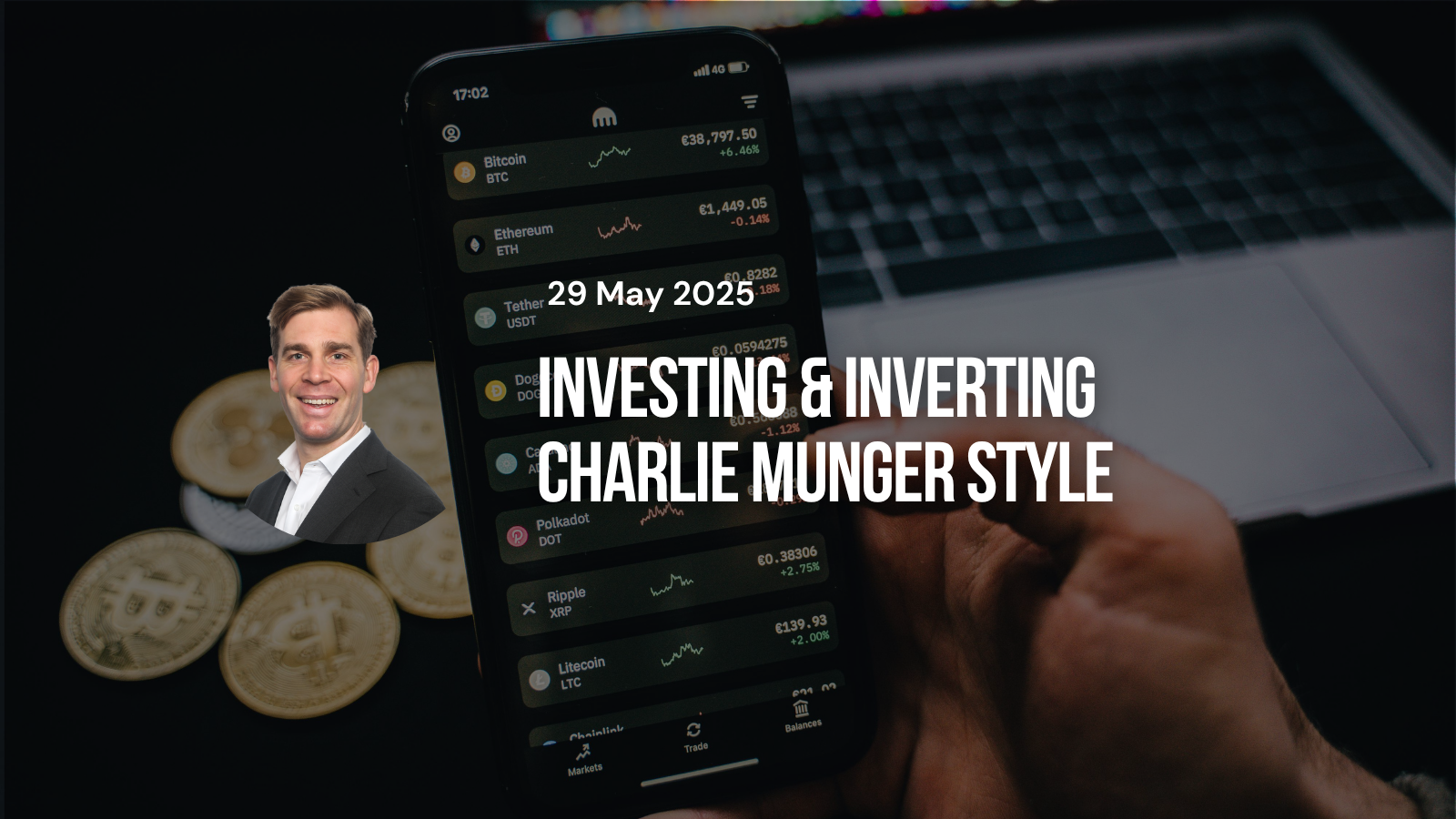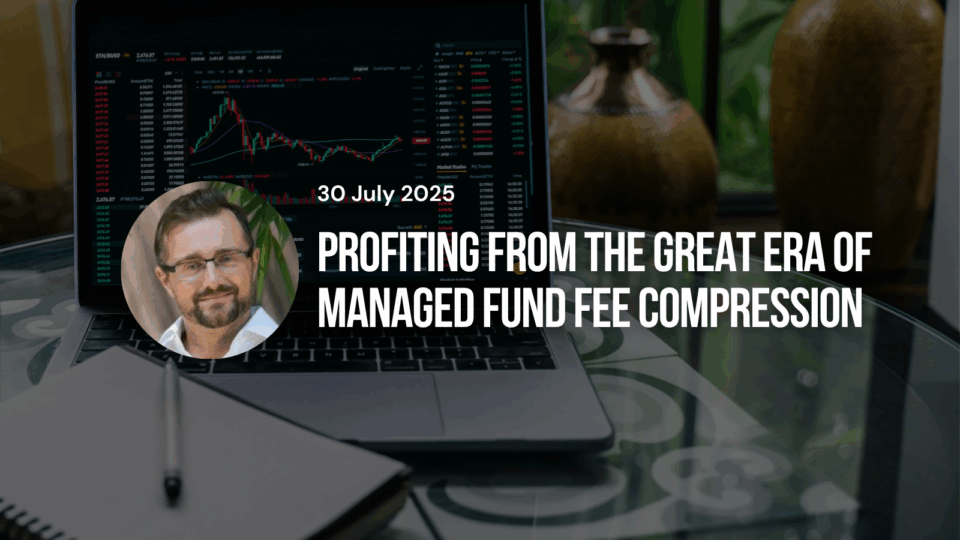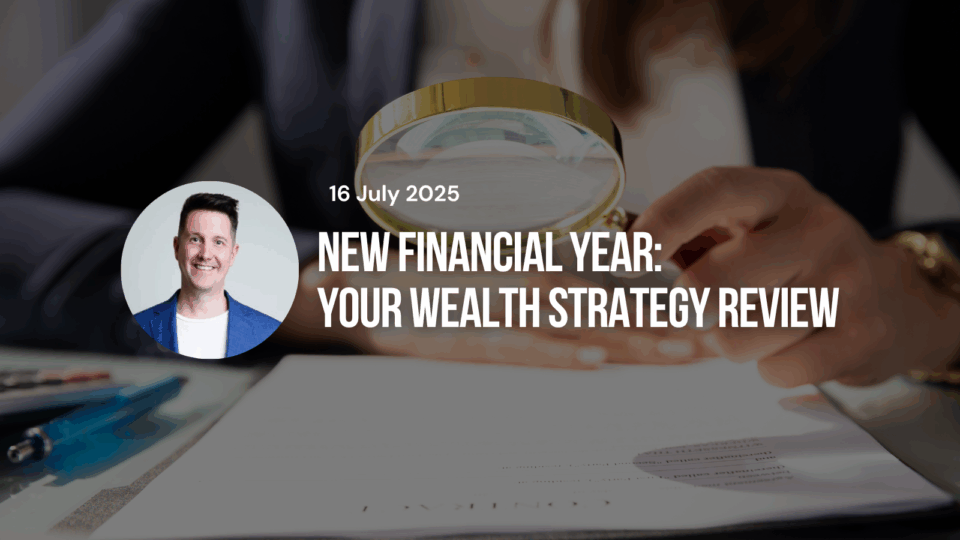
Rob Miller, Investment Analyst, NAOS
We have all heard of a post-mortem, or autopsy, which is a medical endeavour to identify a cause after the fact. Not to trivialise this in any way, but some parallels can be drawn to the world of investing. Even the best investors make mistakes, and it is always in hindsight that these mistakes become obvious.
So, if even the best investors make mistakes, can we somehow take what is known in hindsight and utilise that thinking to consider the likely causes of mistakes before they happen? As the saying goes, ‘hindsight is 20/20’. Of course, certain factors, events & risks become obvious in hindsight, no matter how big or small they may seem. So, what can we do about it? One of the world’s most respected investors (and general thinkers) put it best…
“Invert, always invert” – Charlie Munger
If you face a problem and you’re attempting to think through a solution, ‘inverting’ takes the opposite approach – start with the problem and work backwards. As equity market investors, instead of focusing on the upside, are we better to first focus on how to avoid the downside by looking at the investment through a totally different framework by applying an inverted lens?
“The only thing I want to know is where I’m going to die so I never go there” – Charlie Munger
The abovementioned statement is very poignant, but it speaks volumes about the importance of proactively avoiding risk. There are processes, or tools, an investor has at their disposal to perhaps not avoid risk entirely (that would be impossible), but at the very least better understand it. A proactive risk management technique called a ‘pre-mortem’ can be hugely valuable in shaping our thinking around the likely risks that may occur with any given investment. It is a useful process to run before investing in a particular company.
Company X
Let’s demonstrate this with an example. You are about to invest $100 to buy one share in Company X. You believe that Company X has solid prospects for the future, and the $100 initial investment could be worth $200/share in 5 years from now, generating a ~15% annual return.
We have chosen a 5-year time horizon as this feels like an appropriate amount of time for which the underlying quality of a business should show through (as opposed to the daily forces of Mr Market) and that your initial investment thesis is likely to have played out according to plan, or otherwise.
Let’s now fast forward to June 2030 in a world where the reality of Company X’s performance has failed to meet your expectations. In this scenario, your initial investment is now worth $50/share.
What is likely to drive the performance of a business over the longer term will boil down to a few key variables, either working positively or negatively on the company.
A Pre-Mortem of Company X
Company X has thus far failed to deliver upon expectations for the following reasons:
- Competitive industry dynamics and a cyclical downturn have seen revenue growth of 5% p.a., not 15% p.a. as expected, due to higher than anticipated levels of customer churn and an inability to implement pricing increases.
- The expansion of profit margins from 10% to 20% did not materialise due to Company X continually needing to reinvest its cost base, demonstrating a lower level of anticipated scalability than expected.
- The bolt-on acquisition of Company Y made by Company X has failed to deliver the expected revenue or cost synergies.
- Due to a poor track record of execution and outperformance, the earnings multiple the market is willing to ascribe to Company X has reduced from 20x to 15x, thereby reflecting diminished investor confidence.
As downbeat as the above may be, a simple, honest assessment of the likely areas in which things can go wrong will, at the very least, bring them into focus and act as a hurdle to clear before undertaking an investment. Without identifying and attempting to quantify these risks, however imprecise that may be, you’re left blind to their likelihood and impact. Risk assessment is more art than science, but it’s essential, nonetheless.
With most things in life, the longer the time horizon, the more uncertainty creeps in and thus the greater the odds of unforeseen events. As investors, there will always be the chance of ‘unknown unknowns’ occurring – think of COVID-19 as an example. Identifying companies that are both durable and predictable is a key component of effective risk management.
At NAOS, our focus is on investing in ASX emerging companies. By default, these types of companies will have a higher volatility profile than their largest listed counterparts. Key aspects of our investment process, which we believe are likely to assist in finding companies which have a strong ability to mitigate risks, include:
- A strong balance sheet with minimal to no debt.
- Generate strong cash flow.
- Capital-light business models that do not need to invest heavily as they grow.
- Predictable business models.
- Businesses operating in industries with long-term structural tailwinds and with rational competitors.
- Management teams that are consistent in their messaging, actions and capital allocation.
Next time you plan on buying shares in a company, it could be a useful exercise to think of the late great Charlie Munger and ‘invert’ your thinking to focus on the future risks up front. Who knows, a pre-mortem may help save you from a future post-mortem.
Pre-Mortem Checklist (Not Financial Advice)
Below is a simple checklist that could be used to stress-test your thesis, and happy investing.
- What must happen for revenue, margins, or FCF to grow?
- What could derail the plan – churn, cost blowouts, competition?
- Can the business withstand a downturn or interest rate shock?
- Will scale improve margins or increase costs?
- Is management consistent, credible, and shareholder-aligned?
- Does valuation reflect fundamentals, or future blue-sky?
- If this halves in 5 years, what went wrong?
Important Information: This material has been prepared by NAOS Asset Management Limited (ABN 23 107 624 126, AFSL 273529 and is provided for general information purposes only and must not be construed as investment advice. It does not take into account the investment objectives, financial situation or needs of any particular investor. Before making an investment decision, investors should consider obtaining professional investment advice that is tailored to their specific circumstances.






